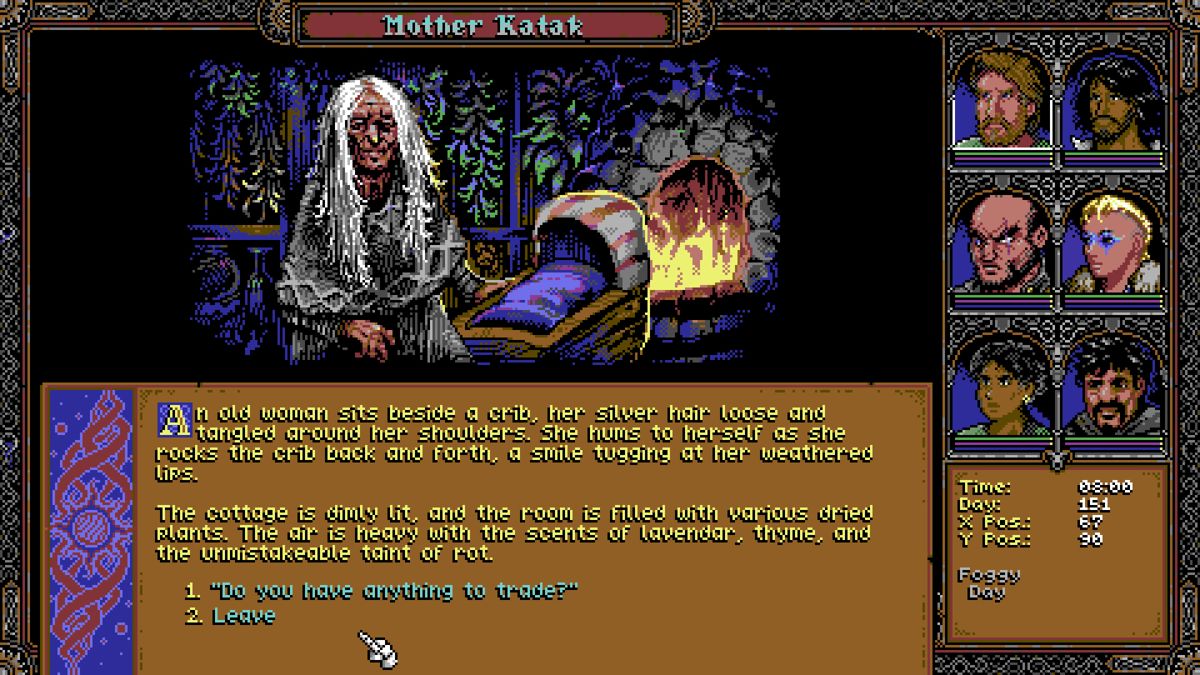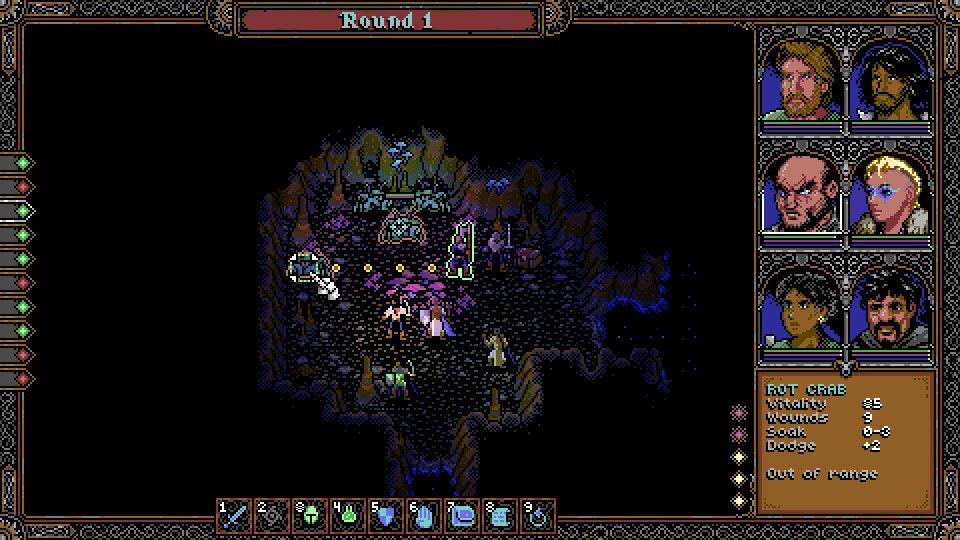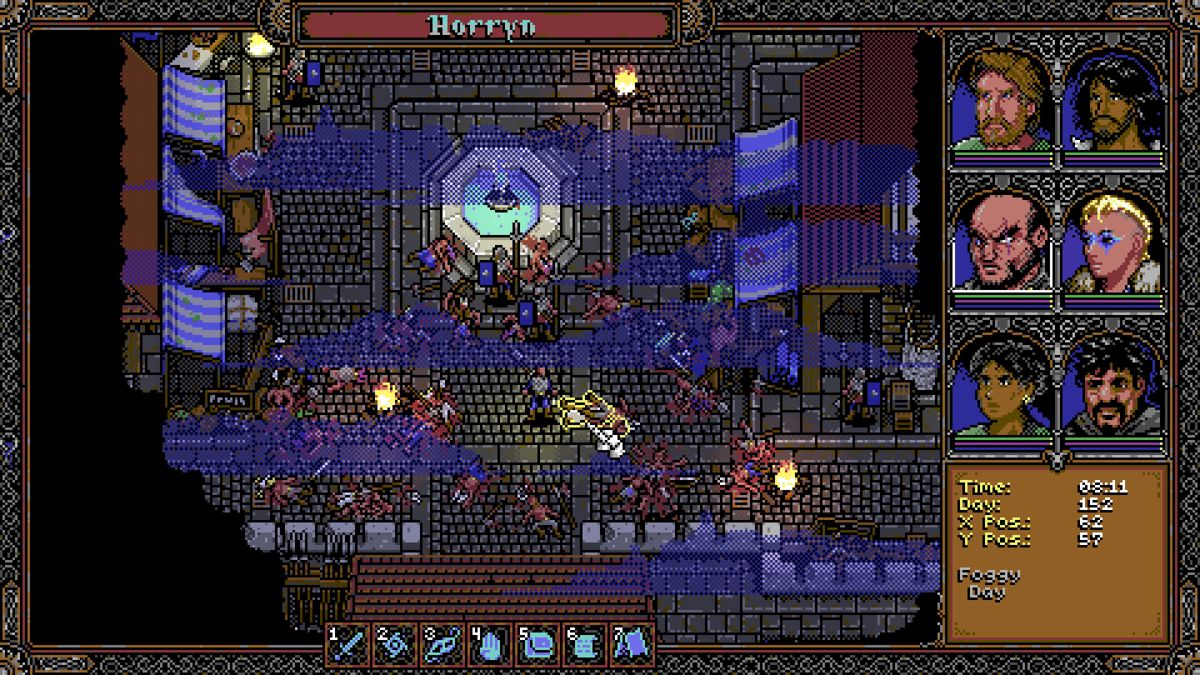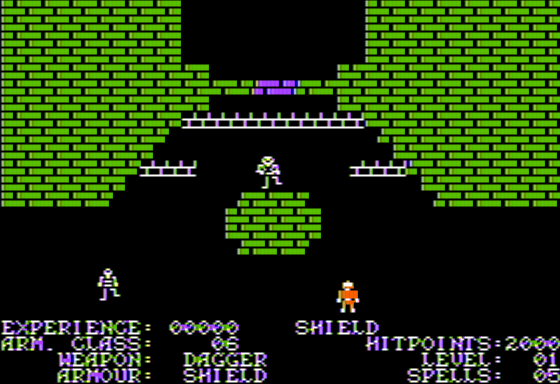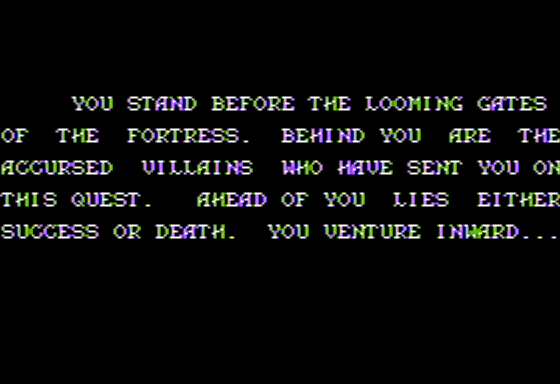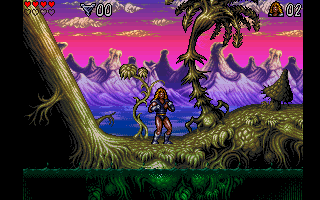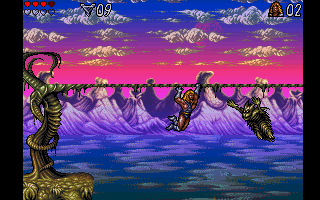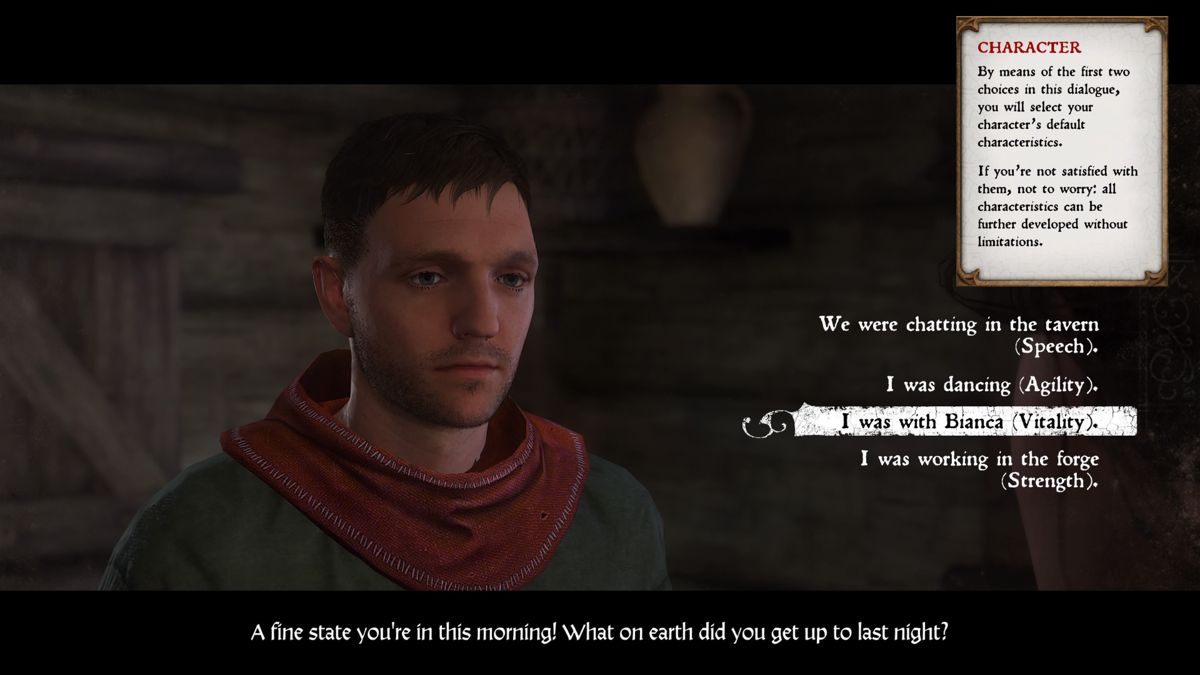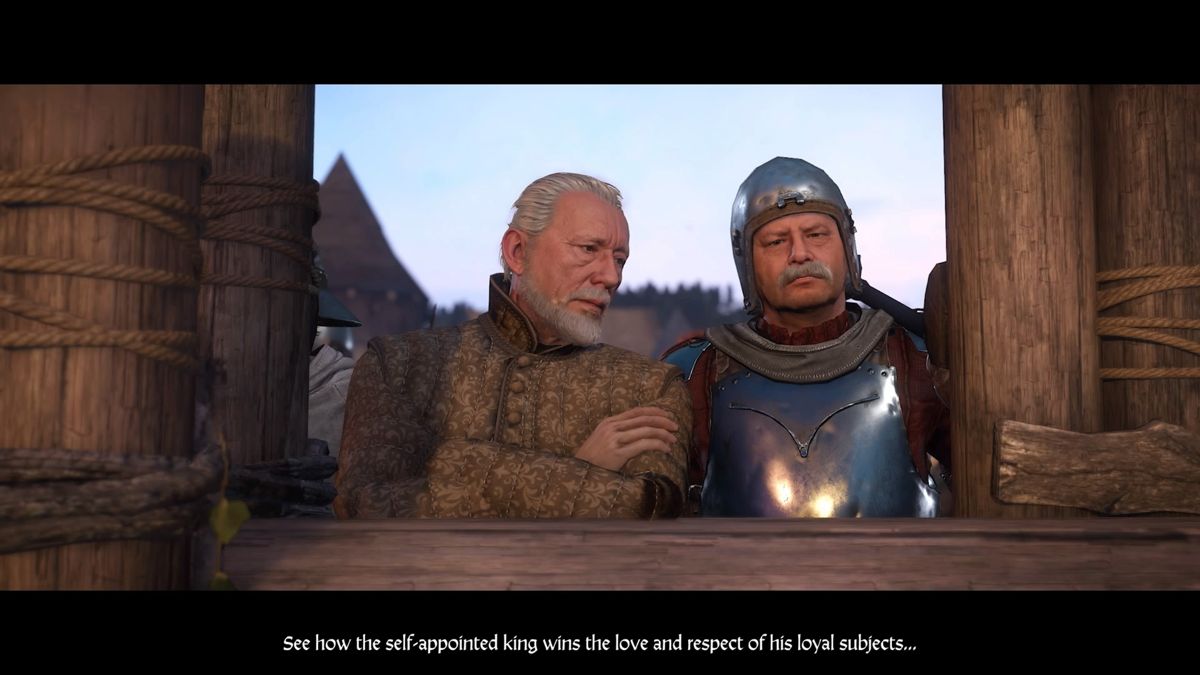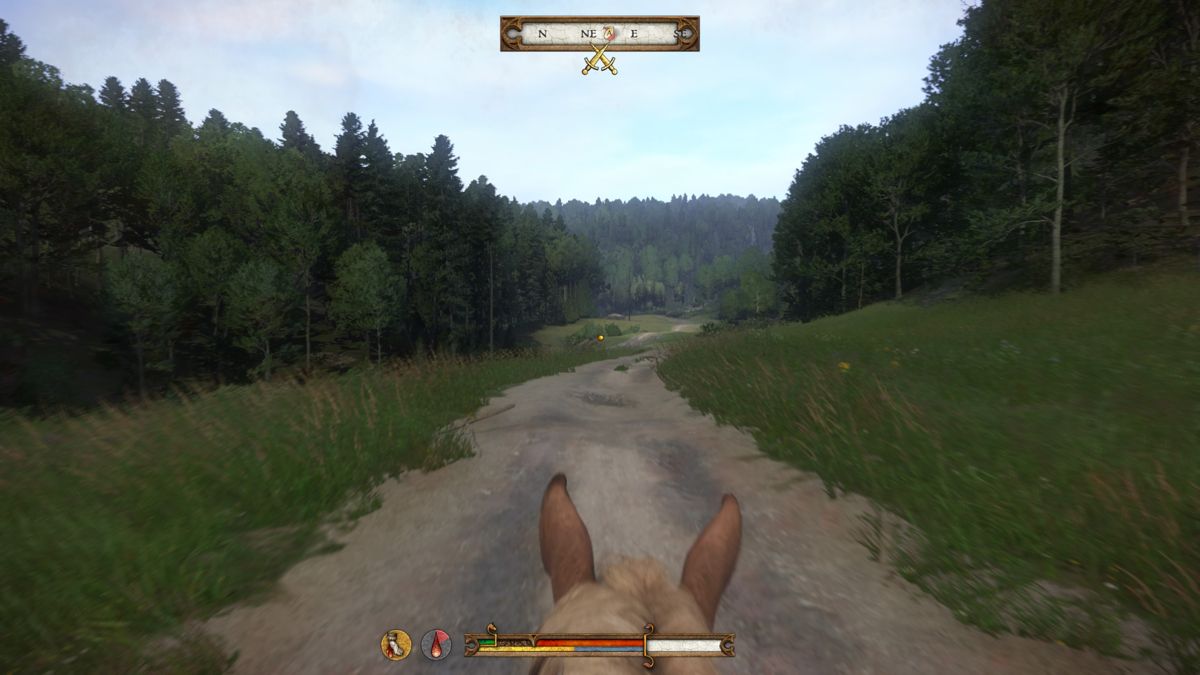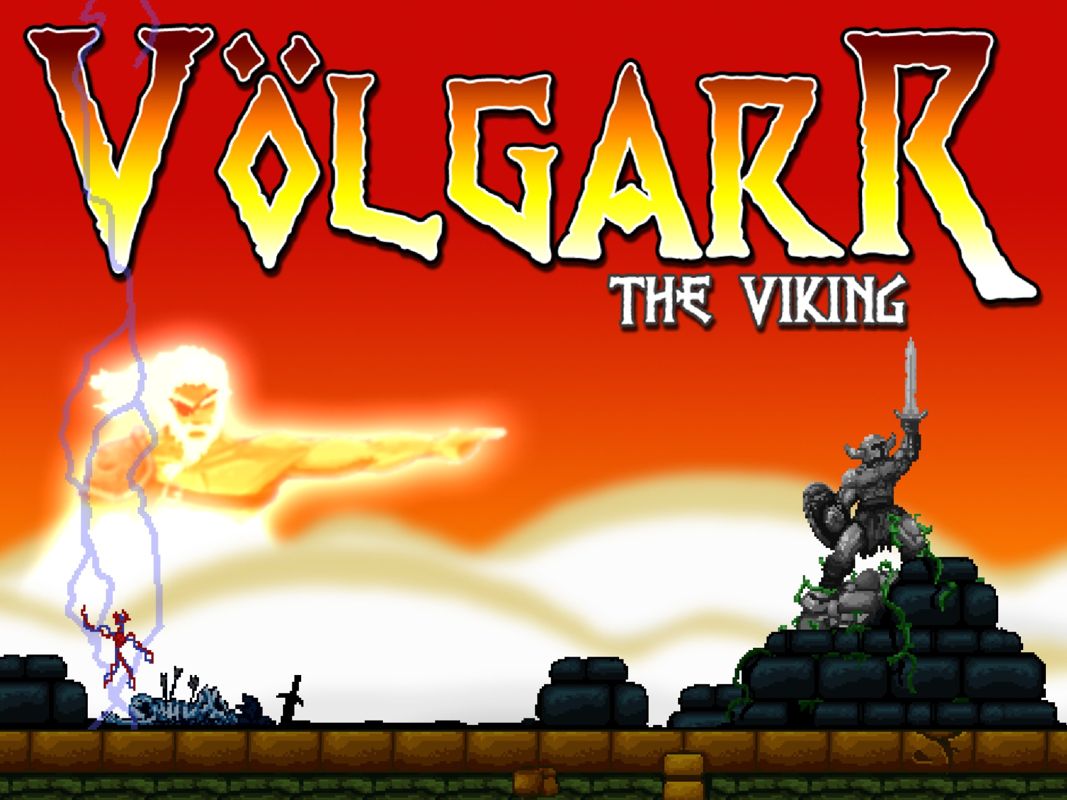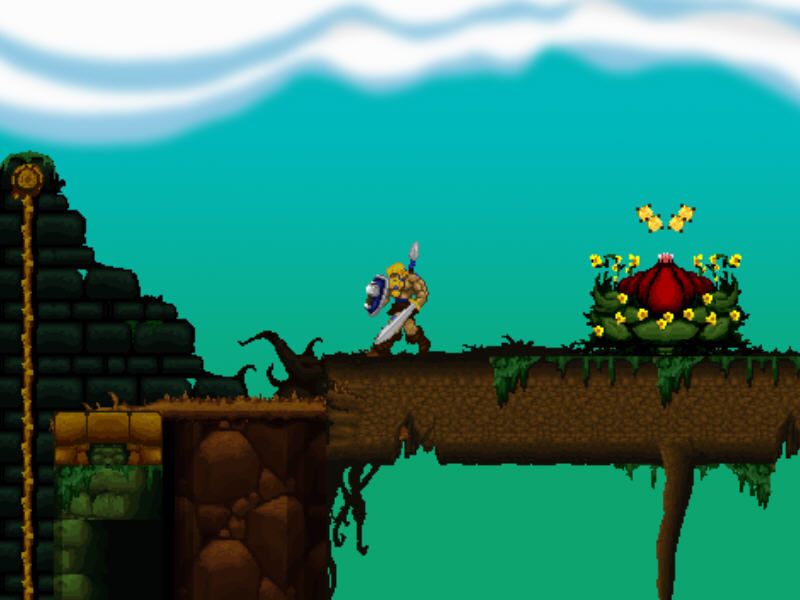SKALD: Against the Black Priory is a Kickstarted RPG by Anders Laurindsen that hearkens back to classic PC RPGs, particularly those for the Commodore 64, but adds in a much darker mood that leans heavily on Lovecraftian horror.
The game has a strong story focus. You create your own hero, but once you set out the game will generally progress in the same way, with only minor differences depending on how you resolve subplots and which skill checks you pass or fail. The opening sees you on a ship sailing to "the Outer Isles" when suddenly the boat is attacked by a leviathan of the deep. The game then flashes back to a calm scene of you being summoned to a lord's court, where you're given a mission to find the lord's daughter, a magically-touched woman, who happens to have been a childhood friend of yours, who has vanished on the trip to the Outer Isles. The game then flashes forward to the present of you waking up on a beach. You set about your mission, finding equipment and companions to help you along the way.
The party members are pre-generated characters such as Kat the thief, but you can also hire mercenaries and these you can customize to your liking. The party members will occasionally contribute to the story, offering exposition or simply their opinions on what's happening, but thankfully this is no blockbuster RPG in which people engage you in lengthy conversations for the purpose of starting a romance or requiring you to be a psychiatrist and helping them with their particular hang-ups. The writing is bent on furthering the game's dark atmosphere but still relatively restrained, without huge reams of text dumped on the player. The only place it really falls down is in providing worldbuilding details (e.g., magic system stuff) that feel awkwardly inserted and are arguably extraneous. Laurindsen is also clearly a fan of the movie Aliens and doesn't mind throwing a reference in the dialogue here and there.
Beyond the tentacle monster ripping your ship in half at the opening, shortly after washing up on the beach you'll be exploring caves full of giant man-eating crabs - you can tell they eat men because the gory remains are all over the place. You learn that the major town on the island literally went crazy one night as good citizens began slaughtering their neighbors and formed a cult of human sacrifice. Refugees who managed to escape are dying from a grotesque disease that causes writhing things to grow in their bellies. Even a mid-game episode involving a trip to an idyllic town, where you run fetch quests to help happy residents prepare for their yearly festival, devolves into a Robert W. Chambers-influenced nightmare. With the leviathan still patrolling the deep waters around the islands, the characters have no option to simply leave. The game feels like a tight corridor you're being herded down and the sense of doom gets thicker the closer you get to the end. The ending isn't very happy.
It's a fun game to play, though. The restrained completion time is always welcome compared to the bloat of so many modern RPGs, and the nasty tone is unlike most modern RPGs, which often can't resist self-aware humor or nonsensical worldbuilding. Such a local-level story, based on simply finding a missing person, is particularly rare in video games, as even most sword-and-sorcery-influenced games still incorporate dark lords or battles for the fate of the world, trying to make the low and high sides of the fantasy genre play nice with each other. The game feels like playing a very horror-heavy Dungeons & Dragons module, and Laurindsen's experience as a DM for his own table-top games comes through.
The combat system is a bit rigid at first (no diagonal melee attacks), but it's easy to get to grips with it, and the C64-like graphics lend a sense of grit and darkness to the game, the only major downside being that they're so detailed that it's easy to miss important things unless you hold the shift key to highlight interactive objects.

